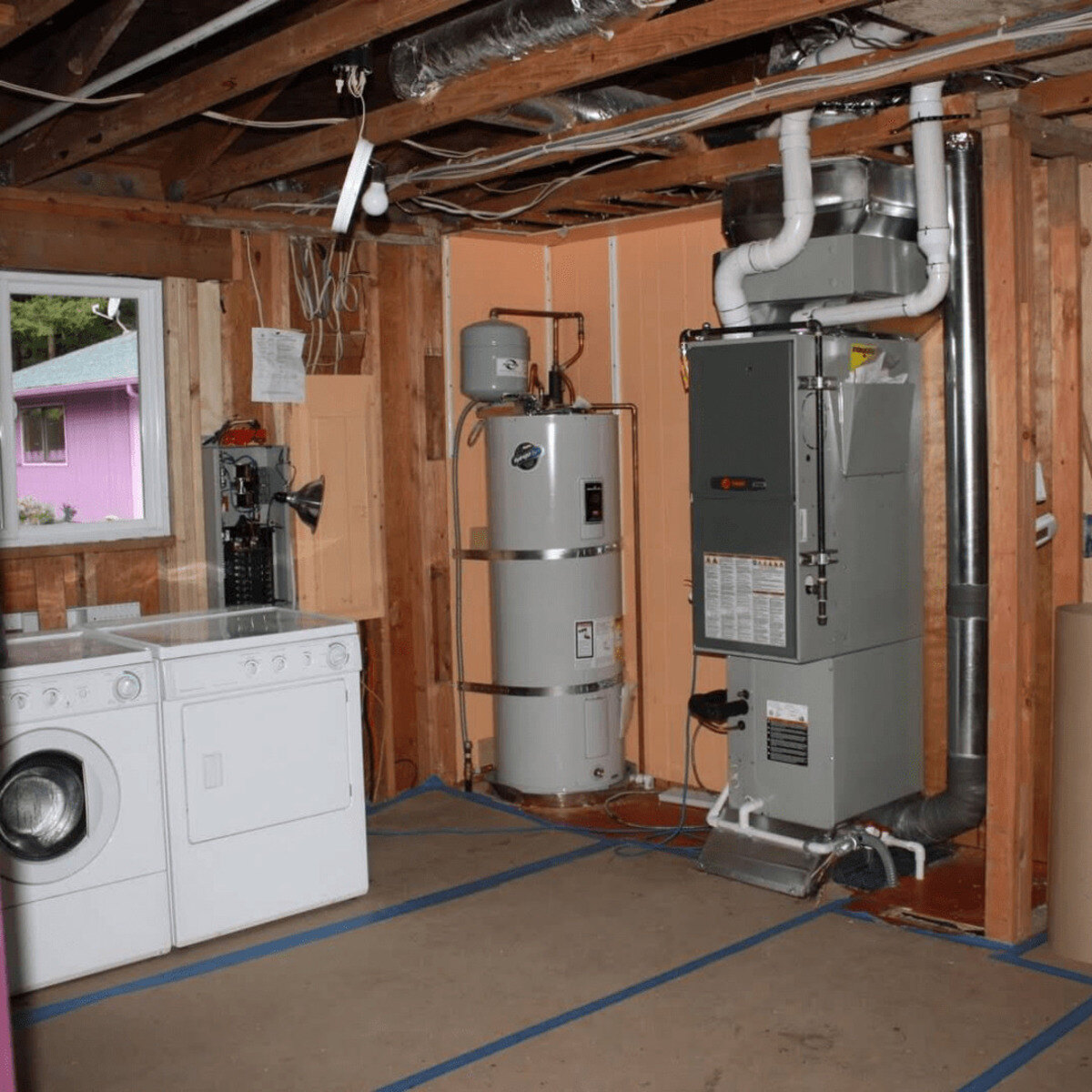

Articles
How To Hide Furnace In Laundry Room
Modified: May 6, 2024
Learn how to hide your furnace in the laundry room with these helpful articles. Transform your space with these creative tips and tricks.
(Many of the links in this article redirect to a specific reviewed product. Your purchase of these products through affiliate links helps to generate commission for Storables.com, at no extra cost. Learn more)
Introduction
Welcome to our comprehensive guide on how to hide a furnace in the laundry room. The furnace is an essential component of any home’s heating and cooling system, but it can often be an eyesore in the laundry room, which is meant to be a functional and aesthetically pleasing space. In this article, we will explore the various reasons why you might want to hide your furnace in the laundry room, as well as the different options and considerations for accomplishing this.
Laundry rooms are not typically designed with furnaces in mind. They are usually planned as multi-functional spaces that serve as a place to clean clothes, store laundry supplies, and even act as an additional storage area for household items. Having a furnace in such a space can disrupt the visual harmony and functionality of the room. Fortunately, there are several ways to conceal the furnace and seamlessly integrate it into the overall design of the laundry room.
There are a number of reasons why you might want to hide your furnace in the laundry room. One common reason is that the laundry room is centrally located in the home, making it a convenient location for the furnace. However, you may not want the furnace to be a focal point or distraction when using the laundry room. Additionally, hiding the furnace can help create a more streamlined and tidy appearance, especially if your laundry room is open to other parts of the house.
When considering options for hiding the furnace, it is important to assess the available space in your laundry room. Take note of the dimensions and layout of the room, as well as any existing storage solutions or practical considerations. This will help determine the best approach for concealing the furnace while still maintaining accessibility and functionality.
In the following sections, we will explore various design considerations for hiding the furnace, including building custom cabinets or enclosures, utilizing existing storage solutions, and incorporating the furnace into the overall laundry room design. We will also discuss important factors such as proper ventilation and safety measures to ensure the furnace operates efficiently and safely.
While some DIY enthusiasts may be able to tackle the task of hiding the furnace themselves, for more complex installations, it is advisable to hire professionals who have experience in HVAC system installations and can ensure everything is done correctly and safely.
Now, let’s dive deeper into the different approaches you can take to hide your furnace in the laundry room and discover how you can transform your laundry space into a functional and visually appealing area.
Key Takeaways:
- Hiding the furnace in the laundry room offers benefits such as improved visual appeal, space optimization, and seamless integration into the home design. Consider custom cabinets, existing storage solutions, and design integration for a cohesive and functional result.
- Prioritize proper ventilation, safety measures, and professional consultation when hiding the furnace. Whether building custom enclosures or utilizing existing storage, ensure compliance with codes and regulations for a safe and efficient installation.
Read more: How To Hide Washer Hoses In Laundry Room
Why hide the furnace in the laundry room?
There are several reasons why you might choose to hide your furnace in the laundry room. Let’s explore some of the common motivations and benefits behind this decision.
Visual Appeal: The laundry room is often a space that homeowners want to keep organized and visually pleasing. The presence of a bulky furnace can disrupt the overall aesthetic and make it feel cluttered. By hiding the furnace, you can create a more cohesive and streamlined appearance in your laundry room.
Space Optimization: Laundry rooms are typically designed with multiple functions in mind. They serve as a place to wash and dry clothes, as well as store laundry supplies and other household items. In many homes, the laundry room is not particularly spacious, so utilizing every inch efficiently is essential. By concealing the furnace, you can maximize the usable space in the laundry room and make it more functional.
Integration into Home Design: The laundry room is often connected to other areas of the house, such as the kitchen or living room. When the furnace is visible in the laundry room, it can be a distraction and disrupt the flow of the overall home design. Hiding the furnace allows for a seamless integration of the laundry room into the rest of the house.
Reduced Noise: Furnaces can sometimes generate noise during operation, which can be disruptive when using the laundry room. By concealing the furnace, you can minimize the noise and create a more peaceful environment in this part of your home.
Safety and Protection: Hiding the furnace can provide an added layer of safety, especially if you have children or pets in the household. By keeping the furnace behind closed doors or within an enclosure, you can prevent accidental burns or injuries.
Maintenance and Accessibility: While hiding the furnace is important for visual and functional reasons, it is also crucial to ensure that the furnace remains accessible for maintenance and repairs. When planning the concealed space, it is important to consider the ease of accessing the furnace when necessary.
Overall, hiding the furnace in the laundry room offers numerous benefits, from improved visual appeal and space optimization to enhanced safety and integration into the home design. It allows you to transform your laundry space into a more enjoyable and efficient area. In the following sections, we will explore different options and design considerations for effectively hiding the furnace in your laundry room.
Assessing the available space in the laundry room
Before embarking on any project to hide the furnace in your laundry room, it is crucial to assess the available space and determine the best approach for concealing the furnace while maintaining functionality.
Start by measuring the dimensions of your laundry room, including the length, width, and height. Take note of any architectural features, such as windows or doors, that may impact the placement and design of the furnace hiding solution.
Consider the layout of your laundry room and how the furnace is currently positioned. Is it located on a wall, in a corner, or even in a separate utility closet? Understanding the existing layout will help you determine the most suitable option for hiding the furnace.
Take into account any existing storage solutions or appliances in the laundry room. This could include cabinets, shelves, or laundry machines. You will need to plan the furnace hiding solution around these elements to ensure they remain accessible and functional.
Next, consider the accessibility requirements for your furnace. It is essential to provide adequate space and clearance around the furnace to perform maintenance tasks, such as changing filters or conducting repairs. Ensure that the chosen hiding solution allows for easy access to the furnace when needed.
Additionally, evaluate the ventilation requirements for the furnace. Proper airflow is crucial for the furnace’s efficient operation and safety. Make sure the hiding solution allows for adequate ventilation, either through vents or by incorporating a ventilation system into the design.
Think about the overall aesthetics of your laundry room design. Take note of the style and color scheme you want to maintain or achieve. This will help you choose a hiding solution that seamlessly integrates with the existing decor or allows for a cohesive new design.
Lastly, consider your budget and time constraints. Some hiding solutions require more intensive labor and materials, while others may be more cost-effective and easier to implement. Determine what works best for your specific situation and consider seeking professional advice if needed.
Taking the time to assess the available space in your laundry room will ensure that you choose the most appropriate hiding solution for your furnace. It will help you strike the right balance between functionality, aesthetics, and budget. In the upcoming sections, we will explore different design considerations and options for effectively hiding the furnace in your laundry room.
Design considerations for hiding the furnace
When it comes to hiding the furnace in your laundry room, there are several important design considerations to keep in mind. These factors will help you create a solution that seamlessly integrates the furnace into the overall design of the space, while still ensuring functionality and accessibility.
Size and Shape: The size and shape of your furnace will play a significant role in determining the hiding solution. Consider whether your furnace is compact or larger in size, as this will impact the design and construction of the hiding enclosure or cabinet. You want to ensure that the hiding solution fits the furnace perfectly, both in terms of dimensions and clearance requirements.
Material Choices: The choice of materials for the hiding solution can greatly affect the aesthetics and durability of the design. Common materials used for hiding furnaces include wood, metal, and drywall. Each material has its own unique characteristics and can be customized to match the existing decor of your laundry room.
Ventilation: Proper ventilation is crucial for the safe and efficient operation of the furnace. When designing the hiding solution, ensure that adequate airflow is maintained to prevent overheating and maintain air quality. Incorporate vents or louvers into the design, or consider integrating a ventilation system specifically for the hidden furnace.
Access and Maintenance: It is important to design the hiding solution in a way that allows for easy access to the furnace when needed. Consider incorporating removable panels or hinged doors that can be easily opened for routine maintenance tasks, such as filter replacement or inspection. Accessibility should also be kept in mind for any additional components or equipment associated with the furnace, such as humidifiers or air purifiers.
Integration with Storage Solutions: If your laundry room has existing storage cabinets or shelves, consider how the hiding solution can be integrated with these elements. You may be able to extend or modify the storage units to incorporate the furnace, ensuring a cohesive and unified design. Alternatively, you can design a separate enclosure for the furnace that complements the overall storage system in the laundry room.
Aesthetics: Pay attention to the aesthetic aspects of the hiding solution. Choose a design that aligns with the existing style of your laundry room or create an entirely new look that enhances the overall ambiance. Consider factors such as color, texture, and finishes that blend well with your laundry room decor and personal preferences.
Safety Considerations: Safety should always be a top priority when hiding the furnace. Ensure that the design provides necessary clearances and protective measures to prevent any fire hazards or dangers. If required, consult with professionals to ensure compliance with safety codes and regulations.
By considering these design factors, you can create a hiding solution that effectively blends the furnace into your laundry room while still maintaining functionality and safety. In the next sections, we will explore different options for hiding the furnace, ranging from building custom cabinets or enclosures to utilizing existing storage solutions.
Building a custom cabinet or enclosure
One popular option for hiding a furnace in the laundry room is to build a custom cabinet or enclosure. This approach allows you to create a tailored solution that seamlessly integrates the furnace into your laundry room’s design while maintaining its functionality.
1. Plan the Design: Start by measuring the dimensions of your furnace and the available space in the laundry room. Sketch out a design that incorporates the necessary clearances for ventilation and maintenance access. Consider the overall style and aesthetic of your laundry room to ensure that the custom cabinet or enclosure blends well with the existing decor.
2. Choose the Materials: Select materials that not only match your design preferences but are also suitable for the laundry room environment. Common options include wood, metal, or a combination of both. Ensure that the materials are durable and resistant to moisture, as laundry rooms can have high humidity levels.
3. Construct the Cabinet or Enclosure: Build the cabinet or enclosure according to your design plan. Start with the frame, ensuring it is sturdy and provides the necessary support for the furnace. Add vertical panels, making sure to leave sufficient space for ventilation. Install a removable panel or access door to allow for maintenance and repairs.
4. Ventilation: Incorporate vents or louvers into the design to ensure proper airflow around the furnace. Ventilation is crucial for its safe and efficient operation. You can also consider adding a separate ventilation system specifically for the enclosed furnace, with intake and exhaust vents strategically placed to optimize airflow.
5. Access and Maintenance: Design the cabinet or enclosure in a way that allows for easy access to the furnace when maintenance or repairs are required. Install a hinged or removable panel that provides ample clearance to reach the furnace components, such as filters or control panels.
6. Finishing Touches: Once the construction is complete, sand down any rough edges and apply a finish that matches the desired aesthetic of your laundry room. This could be paint, stain, or a protective coating, depending on the chosen materials. Don’t forget to consider the hardware, such as handles or knobs, that will complement the overall design.
7. Integration with Storage: If you have existing storage cabinets in the laundry room, consider integrating the custom cabinet or enclosure with them. This can create a cohesive and seamless look, as if the furnace was always a part of the storage system. Modify the existing cabinets or design new ones that align with the style and dimensions of the custom furnace hiding solution.
Building a custom cabinet or enclosure allows you to have full control over the design and functionality of hiding the furnace in your laundry room. It provides a tailored solution that seamlessly blends the furnace into the overall design, enhancing the visual appeal and maximizing the space. Remember to prioritize safety, ventilation, and maintenance access throughout the construction process.
In the next sections, we will explore other options for hiding the furnace, such as utilizing existing storage solutions and incorporating the furnace into the overall laundry room design.
Consider building a custom cabinet around the furnace to hide it in the laundry room. Make sure the cabinet has proper ventilation and access for maintenance.
Utilizing existing storage solutions
If you have limited space or prefer a more cost-effective option for hiding your furnace in the laundry room, utilizing existing storage solutions can be a practical and efficient choice. By incorporating the furnace into the existing storage units, you can create a seamless and integrated hiding solution that maximizes functionality while maintaining a cohesive look.
Assess Existing Storage: Start by evaluating the storage options available in your laundry room. This could include cabinets, shelves, or even a closet. Determine if there is a suitable space where the furnace can be seamlessly incorporated without compromising the storage functionality.
Reconfigure Storage Units: If you have cabinets or shelves, consider reconfiguring them to accommodate the furnace. Remove shelves or dividers to create a larger space for the furnace and make it easily accessible. You may need to make modifications to the existing storage units to accommodate proper ventilation and clearance for maintenance.
Customize Doors or Panels: To hide the furnace within the storage units, consider adding customized doors or panels. These can be designed to match the existing cabinet doors or complement the overall style of the laundry room. Make sure the added doors or panels provide sufficient ventilation for the furnace and allow for easy access when necessary.
Ensure Ventilation: Proper ventilation is crucial for the safe operation of the furnace. Ensure that the hiding solution allows for adequate airflow to prevent overheating. You may need to incorporate vents or cut-outs into the cabinets or panels to ensure proper ventilation.
Consider Aesthetics: When utilizing existing storage solutions, it is important to consider the overall aesthetics of the laundry room. Ensure that the hiding solution is visually appealing and blends seamlessly with the existing decor. Paint or refinish the doors or panels to match the surrounding color scheme or choose materials that complement the style of the room.
Accessibility and Safety: Take into account the accessibility requirements for the furnace. Ensure that the hiding solution allows for easy access when maintenance or repairs are needed. Additionally, consider safety measures such as fire-resistant materials or incorporating a safety barrier if the storage units are within reach of children or pets.
Professional Consultation: If you are unsure about how to best utilize existing storage solutions to hide the furnace, consider consulting with a professional. They can provide guidance on the best approach based on your specific laundry room layout and requirements.
Utilizing existing storage solutions can be a practical and cost-effective way to hide the furnace in your laundry room. By reconfiguring and customizing cabinets or shelves, you can create a seamless and integrated hiding solution that maximizes space and functionality. Remember to prioritize ventilation, accessibility, and aesthetics during the process to ensure a successful outcome.
In the following sections, we will explore how you can incorporate the hidden furnace into the overall design of your laundry room and discuss important considerations such as ventilation and safety measures.
Incorporating the furnace into the overall laundry room design
When hiding the furnace in the laundry room, it’s essential to consider how it can be seamlessly incorporated into the overall design of the space. By integrating the furnace into the laundry room design, you can create a cohesive and visually appealing environment while maintaining the functionality of the room.
Color and Material Coordination: Consider the color palette and materials used in your laundry room. Select materials for the furnace hiding solution that complement the existing decor. For example, if your laundry room has white cabinets and a marble countertop, choose a furnace cabinet or enclosure with a matching color scheme or similar materials to maintain continuity.
Customization and Camouflage: Instead of trying to completely hide the furnace, consider creative ways to blend it into the design. For example, you could paint the enclosure or cabinet with a pattern or wallpaper that mimics the nearby walls. By camouflaging the furnace, you can make it less conspicuous and seamlessly incorporate it into the overall design aesthetic.
Decorative Enhancements: Use decorative accents to draw attention away from the furnace and redirect focus to other visually appealing elements in the laundry room. Hang artwork, install decorative tiles or backsplashes, or display plants or decorative objects strategically to create focal points that take the emphasis away from the furnace. This can help create a more visually balanced and pleasing atmosphere.
Lighting: Proper lighting can significantly contribute to the overall design of the laundry room, including the hidden furnace area. Consider installing task lighting above or near the furnace to ensure visibility when accessing or servicing it. Additionally, ambient lighting in the laundry room can create a warm and inviting ambiance while diverting attention from the furnace.
Storage Integration: If you have cabinets or shelves in your laundry room, incorporate the hiding solution for the furnace into the storage units. This can create a cohesive look, as if the furnace is just another component of the storage system. Modify the existing cabinets or design custom ones that align with the style and dimensions of the furnace hiding solution.
Accessorize and Organize: Organize your laundry room in a way that minimizes the focus on the furnace. Use baskets, bins, or decorative boxes to keep the area around the furnace neat and organized. By keeping the space tidy and visually appealing, the focus will shift to the overall functionality and aesthetics of the laundry room.
Balance and Symmetry: Achieve a sense of balance and symmetry in the laundry room design by positioning other elements, such as laundry machines or storage units, in a way that complements the hidden furnace. Maintain consistency in the arrangement of objects to create a visually pleasing and harmonious space.
By incorporating the furnace into the overall design of the laundry room, you can create a seamless and cohesive space that focuses on functionality and aesthetics. Consider factors such as color coordination, decorative enhancements, and storage integration to achieve a visually appealing and unified design.
In the following sections, we will discuss important considerations such as ventilation and safety measures to ensure that the hidden furnace operates efficiently and safely within the laundry room.
Ensuring proper ventilation and safety measures
When hiding the furnace in the laundry room, it is vital to prioritize proper ventilation and safety measures to ensure the efficient operation of the furnace and the well-being of your home. Here are some important considerations to keep in mind:
1. Ventilation Requirements: Furnaces require adequate airflow for combustion and proper operation. Ensure that the hiding solution allows for proper ventilation by incorporating vents or louvers into the design. These should be strategically placed to allow for the intake of fresh air and the expulsion of combustion byproducts.
2. Clearances for Airflow: As you design and implement the hiding solution, maintain appropriate clearances around the furnace to allow for unobstructed airflow. Consult the manufacturer’s specifications and local building codes to determine the recommended clearances for your specific furnace model.
3. Ventilation Ductwork: Depending on the layout of your laundry room and the hiding solution you choose, you may need to install ventilation ductwork to ensure proper airflow. This will involve connecting the furnace to outside air intake and exhaust vents, allowing for fresh air to enter and combustion byproducts to exit safely.
4. Access for Maintenance: It is essential to design the hiding solution in a way that allows for easy access to the furnace for routine maintenance, inspections, and repairs. Ensure that removable panels, doors, or other access points are included in the design to facilitate maintenance procedures and filter replacements.
5. Fire Safety: Safety should be a top priority when hiding the furnace in the laundry room. Use fire-resistant materials for the enclosure or cabinet, such as non-combustible drywall or metal, to minimize the risk of fire spreading. Consider installing a fire-rated access door or panel to further enhance safety.
6. Safety Barriers: If you have children or pets in the household, it is important to install safety barriers to prevent accidental contact with the hidden furnace. This can include childproof locks on access doors or installing a removable safety gate around the furnace area to keep curious hands and paws away.
7. Carbon Monoxide Detection: Install carbon monoxide detectors in the laundry room and near the furnace to ensure early detection of any potential leaks. Regularly test and maintain these detectors to ensure they are functioning properly and provide appropriate warning signals in case of an emergency.
8. Compliance with Codes and Regulations: Ensure that the hiding solution for the furnace complies with local building codes, safety regulations, and any requirements specific to your HVAC system. Consult with professionals if necessary to ensure that all safety measures are in place and that the installation adheres to the appropriate regulations.
By addressing ventilation and safety measures, you can ensure the efficient and safe operation of the hidden furnace in your laundry room. Remember to follow manufacturer guidelines, consult professionals if needed, and prioritize the well-being of your home and household when designing and implementing the hiding solution.
In the next section, we will discuss considerations when it comes to hiring professionals for more complex installations.
Hiring professionals for complex installations
While some hiding solutions for the furnace in the laundry room can be tackled as do-it-yourself projects, more complex installations may require the expertise of professionals. Hiring professionals ensures that the job is done correctly, safely, and efficiently. Here are some factors to consider when deciding to hire professionals for your furnace hiding project:
Expertise and Experience: HVAC professionals have the knowledge and experience to handle complex installations. They are familiar with the intricacies of furnace systems and can provide expert guidance in designing and implementing a hiding solution that meets your specific needs. Their expertise ensures that the furnace operates optimally and complies with all safety regulations.
Compliance with Codes and Regulations: HVAC professionals are well-versed in building codes and local regulations related to furnace installations. They know the specific requirements for clearances, ventilation, and safety measures. By hiring professionals, you can have peace of mind knowing that your furnace hiding solution meets all necessary codes and regulations.
Proper Equipment and Tools: HVAC professionals have access to the proper equipment and tools needed to complete complex installations. They are equipped to handle tasks such as ductwork fabrication and installation, ensuring that the ventilation system is properly designed and implemented. Their tools and equipment enable them to complete the project efficiently and with precision.
Safety and Liability: Complex installations involving the furnace carry inherent safety risks. HVAC professionals have the knowledge and training to prioritize safety throughout the project. They understand the precautions needed to prevent accidents and ensure that all safety measures are in place. Hiring professionals also provides liability protection, giving you peace of mind knowing that the job is being handled by experts.
Time and Efficiency: By hiring professionals, you can save time and ensure an efficient installation process. Professionals have the necessary skills and experience to complete the project in a timely manner while maintaining a high level of quality. They understand the complexities involved and can troubleshoot any issues that may arise more effectively than a DIY approach.
Warranty and Support: When professionals handle the installation, you may have access to warranties or guarantees on their workmanship and the equipment they install. This provides an added layer of protection and support in case of any unforeseen problems or issues that may arise after the project is completed.
Consultation and Customization: HVAC professionals can offer valuable consultation on the best hiding solution for your specific needs and requirements. They can provide insights on design options, ventilation considerations, and safety measures. Their expertise allows for customization, ensuring that the hiding solution is tailored to the unique characteristics of your laundry room and furnace system.
When considering complex installations for hiding the furnace in the laundry room, it is advisable to consult with HVAC professionals. Their expertise, experience, and access to specialized tools ensure a safe and efficient installation process. Hiring professionals provides the assurance that the job will be done right, giving you peace of mind and a hidden furnace that functions optimally within your laundry room.
Now that we have covered the considerations for hiding the furnace in the laundry room, let’s conclude with a summary in the next section.
Read more: How To Hide Furnace In Middle Of Basement
Conclusion
Hiding the furnace in the laundry room is a great way to enhance the visual appeal and functionality of the space. By concealing the furnace, you can create a seamlessly integrated design that blends with the overall aesthetic of the room while maximizing the available space. Throughout this comprehensive guide, we have explored various options and considerations for hiding the furnace in the laundry room.
We began by discussing the reasons why you might want to hide the furnace, including improving visual appeal, optimizing space, and integrating the laundry room into the overall home design. We then delved into the importance of assessing the available space, considering the layout, storage solutions, and accessibility requirements of your laundry room.
We explored different design considerations, such as building custom cabinets or enclosures, utilizing existing storage solutions, and incorporating the furnace into the overall laundry room design. Custom cabinets or enclosures provide a tailored solution that seamlessly blends the furnace into the room, while utilizing existing storage solutions offers a cost-effective way to hide the furnace. Incorporating the furnace into the overall design ensures a cohesive and visually pleasing result.
Emphasizing proper ventilation and safety measures is crucial when hiding the furnace. Ensuring adequate airflow, providing clearance spaces, and incorporating fire-resistant materials are essential for safe operation. Additionally, we discussed the importance of accessibility for maintenance and following all relevant codes and regulations.
For more complex installations, hiring HVAC professionals is recommended. Their expertise, experience, and compliance with codes and regulations ensure a safe and efficient installation. Professionals have the proper tools and equipment, provide liability protection, and offer consultation and customization options for the hiding solution.
In conclusion, with the guidance provided in this comprehensive guide, you are equipped with the knowledge to hide the furnace in your laundry room effectively. By considering the available space, design considerations, ventilation, safety measures, and the option to hire professionals when necessary, you can create a functional, visually appealing, and integrated laundry room that seamlessly hides the furnace.
Remember to prioritize aesthetics, functionality, and safety throughout the process. With careful planning and implementation, you can transform your laundry room into a space that not only serves its practical purpose but also reflects your personal style and enhances the overall ambiance of your home.
Excited to tackle more hands-on projects around your home? Our next guide on DIY home projects offers plenty of practical advice and creative ideas to help you personalize and enhance every corner of your living space. From simple repairs to more ambitious undertakings, you'll find all the inspiration and know-how needed to transform your home into a masterpiece of your own making. Don't miss out on these invaluable insights that can turn everyday tasks into fulfilling achievements.
Frequently Asked Questions about How To Hide Furnace In Laundry Room
Was this page helpful?
At Storables.com, we guarantee accurate and reliable information. Our content, validated by Expert Board Contributors, is crafted following stringent Editorial Policies. We're committed to providing you with well-researched, expert-backed insights for all your informational needs.
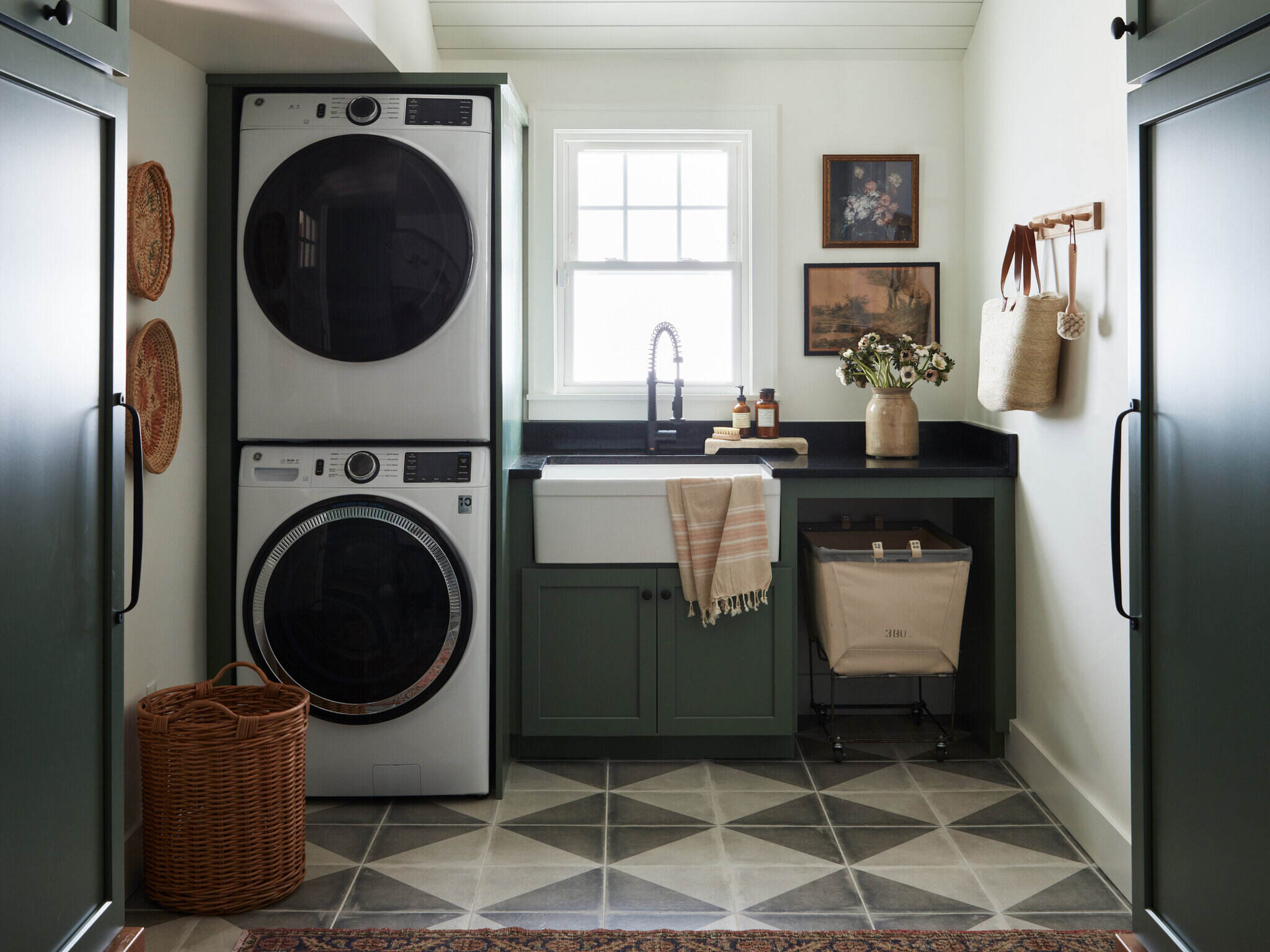
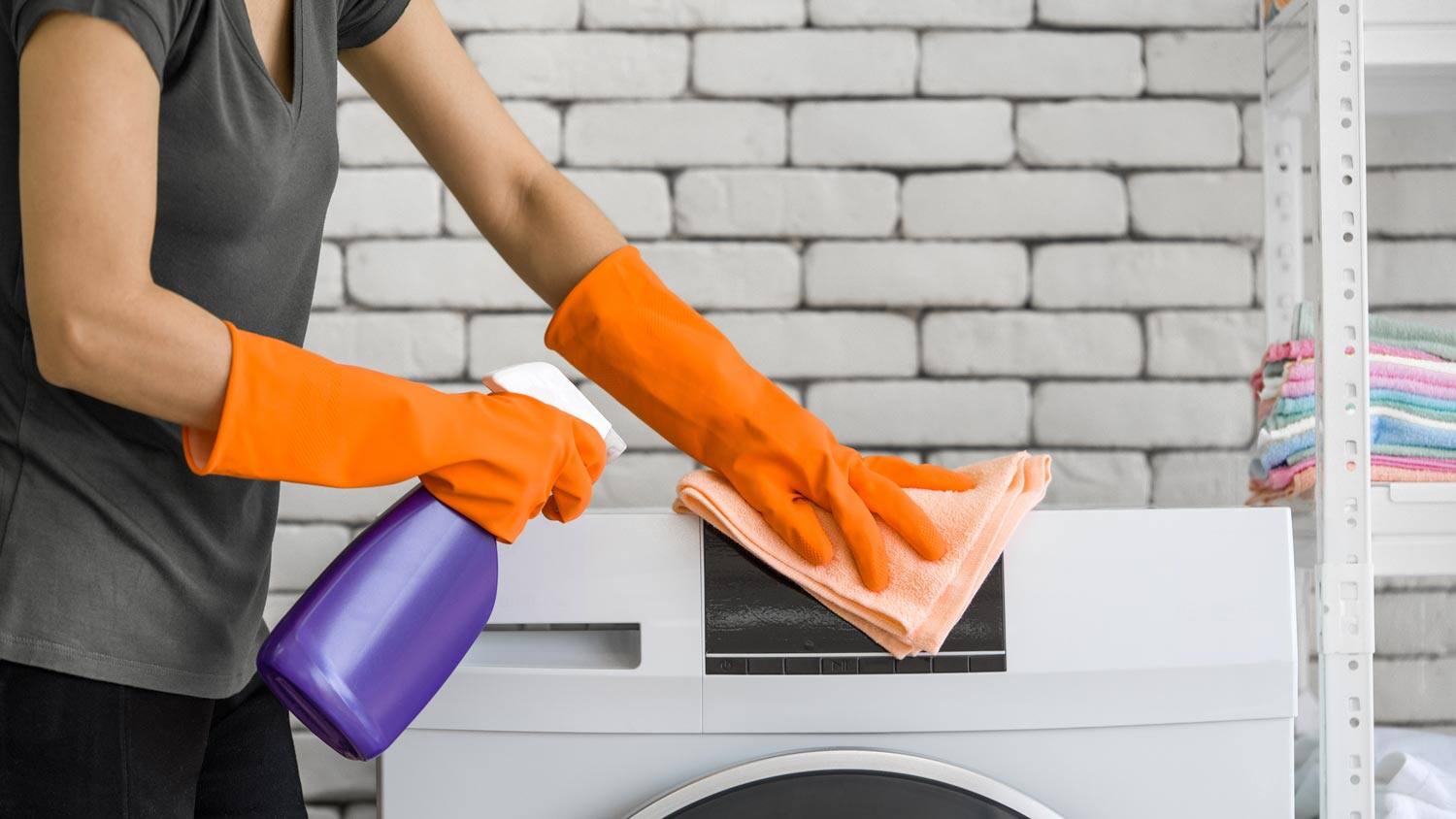
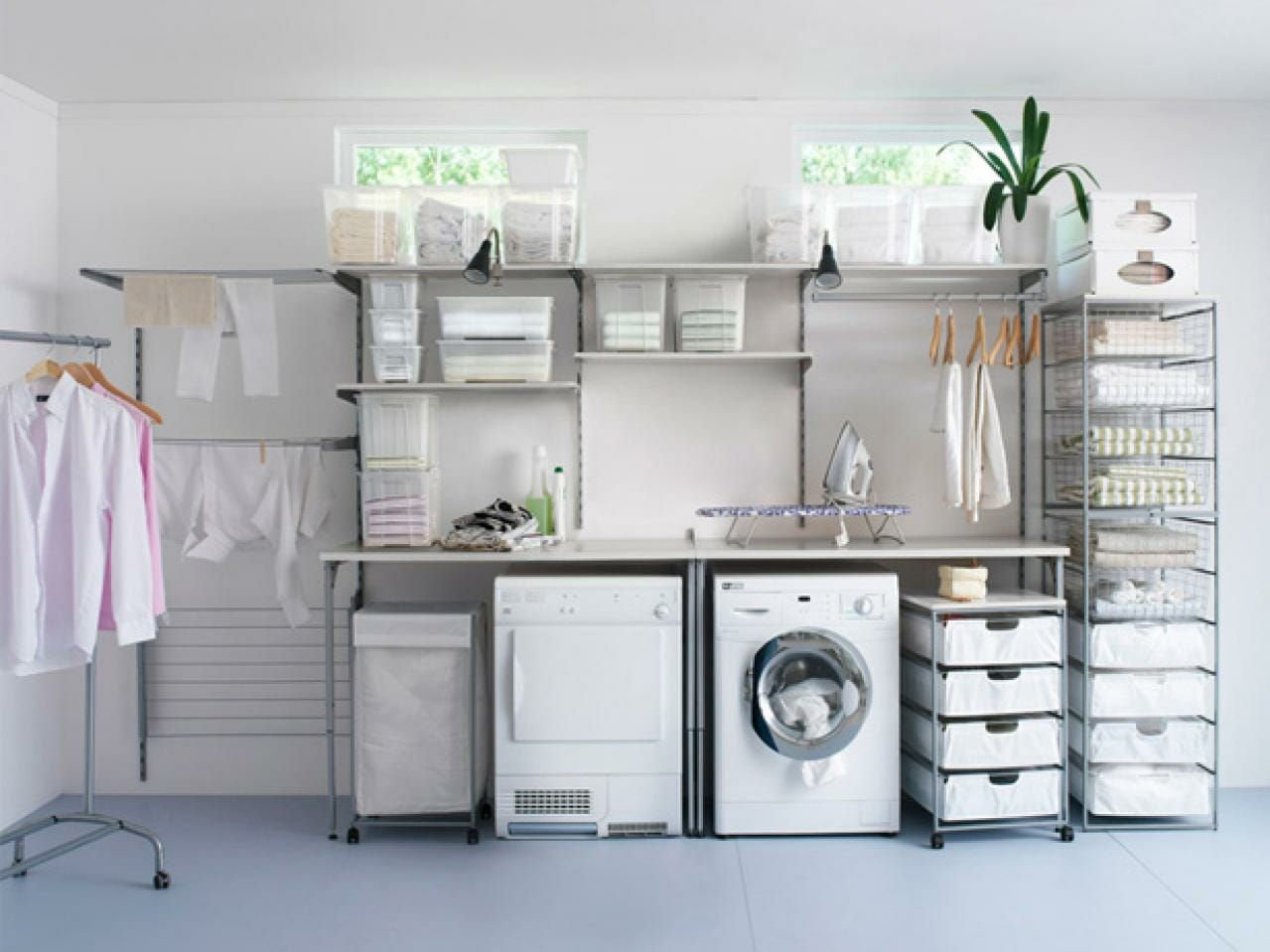
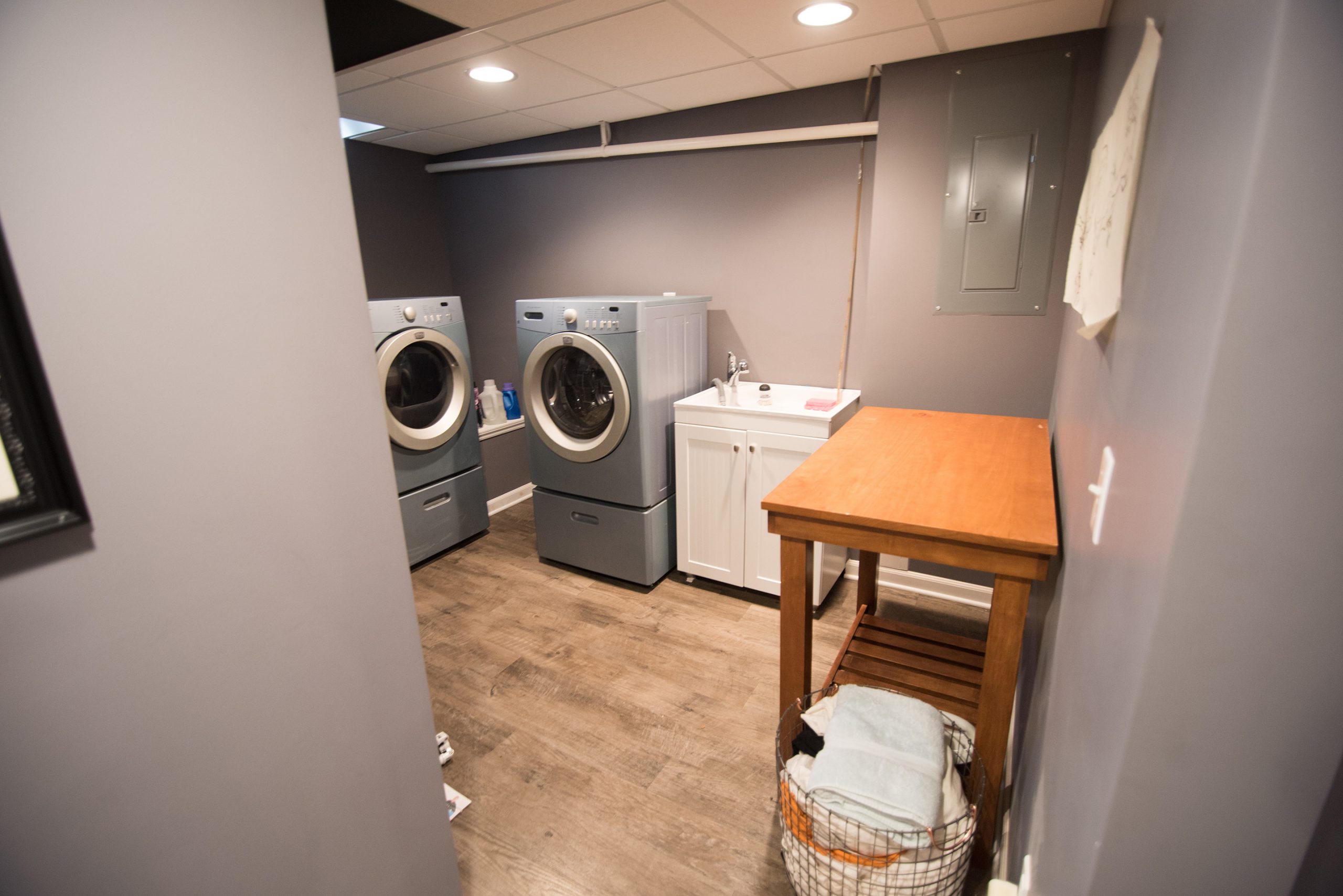
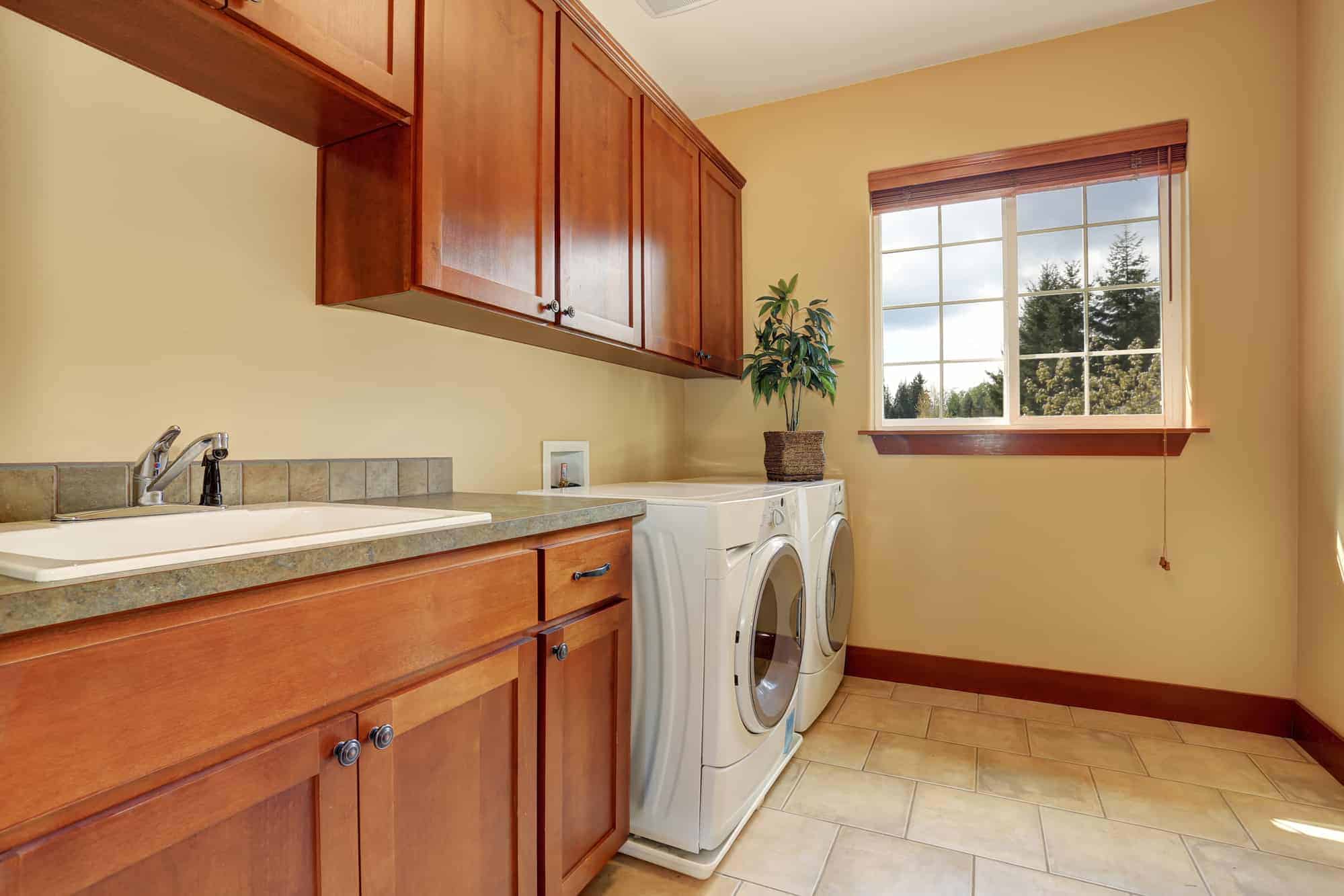
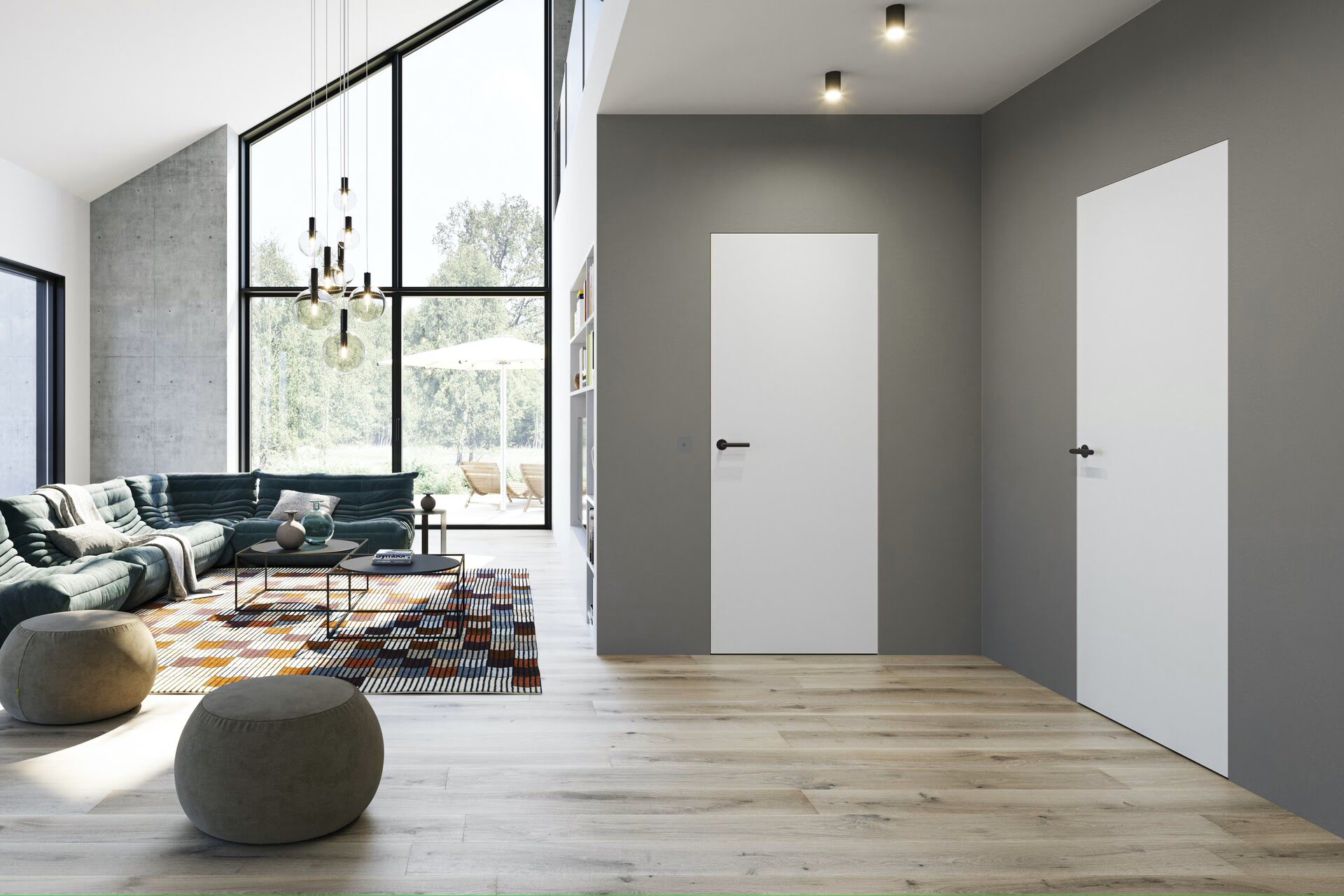
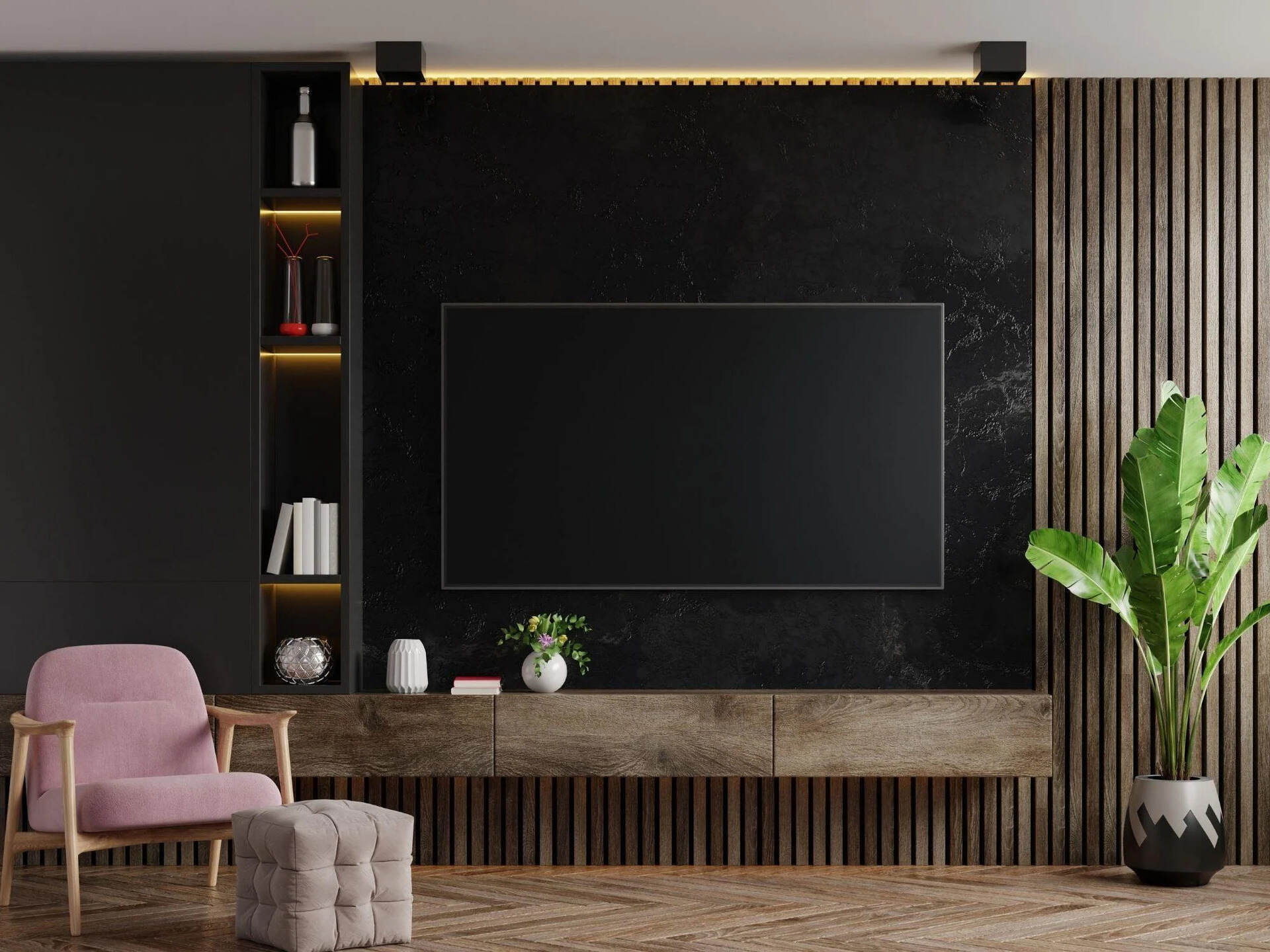
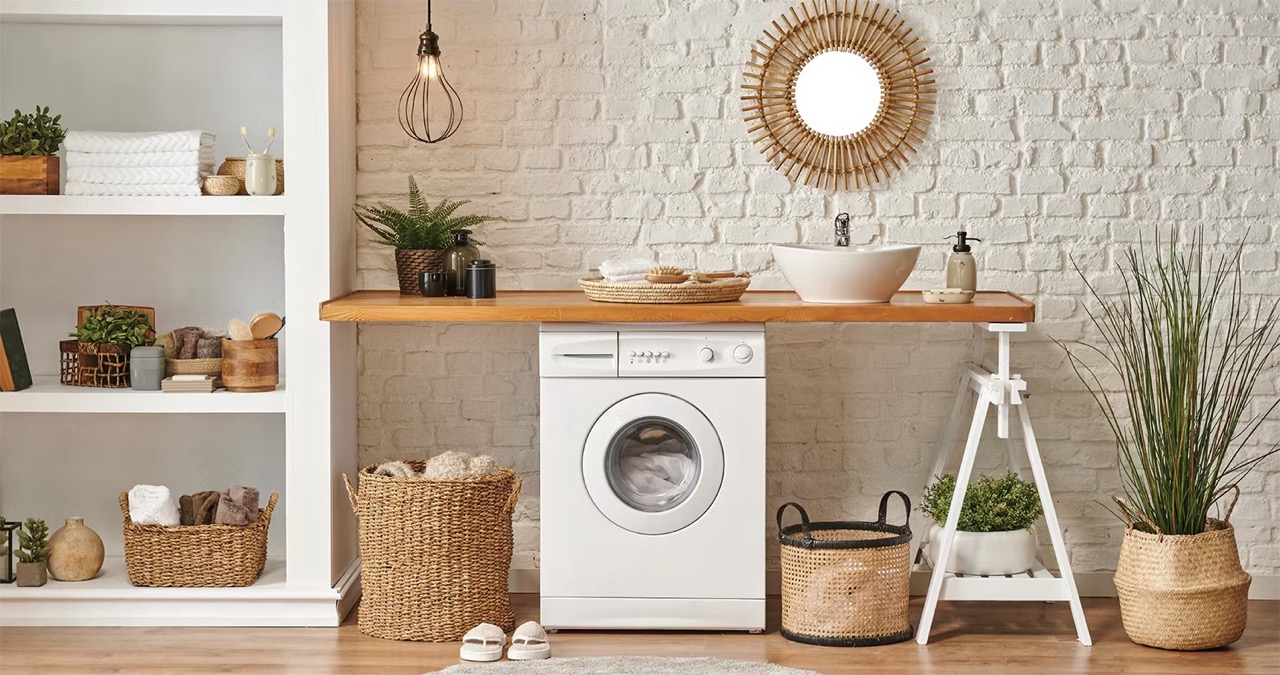
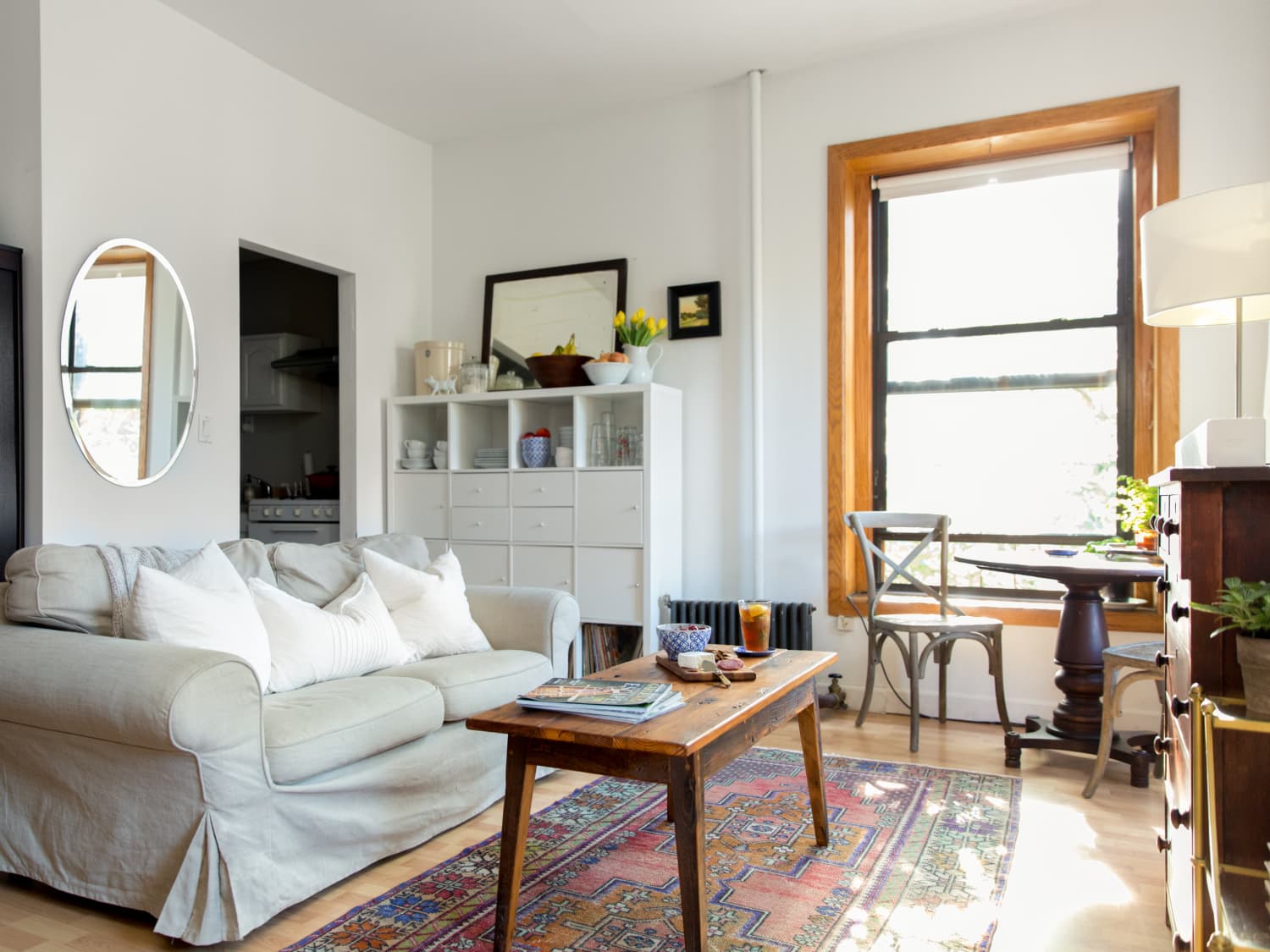
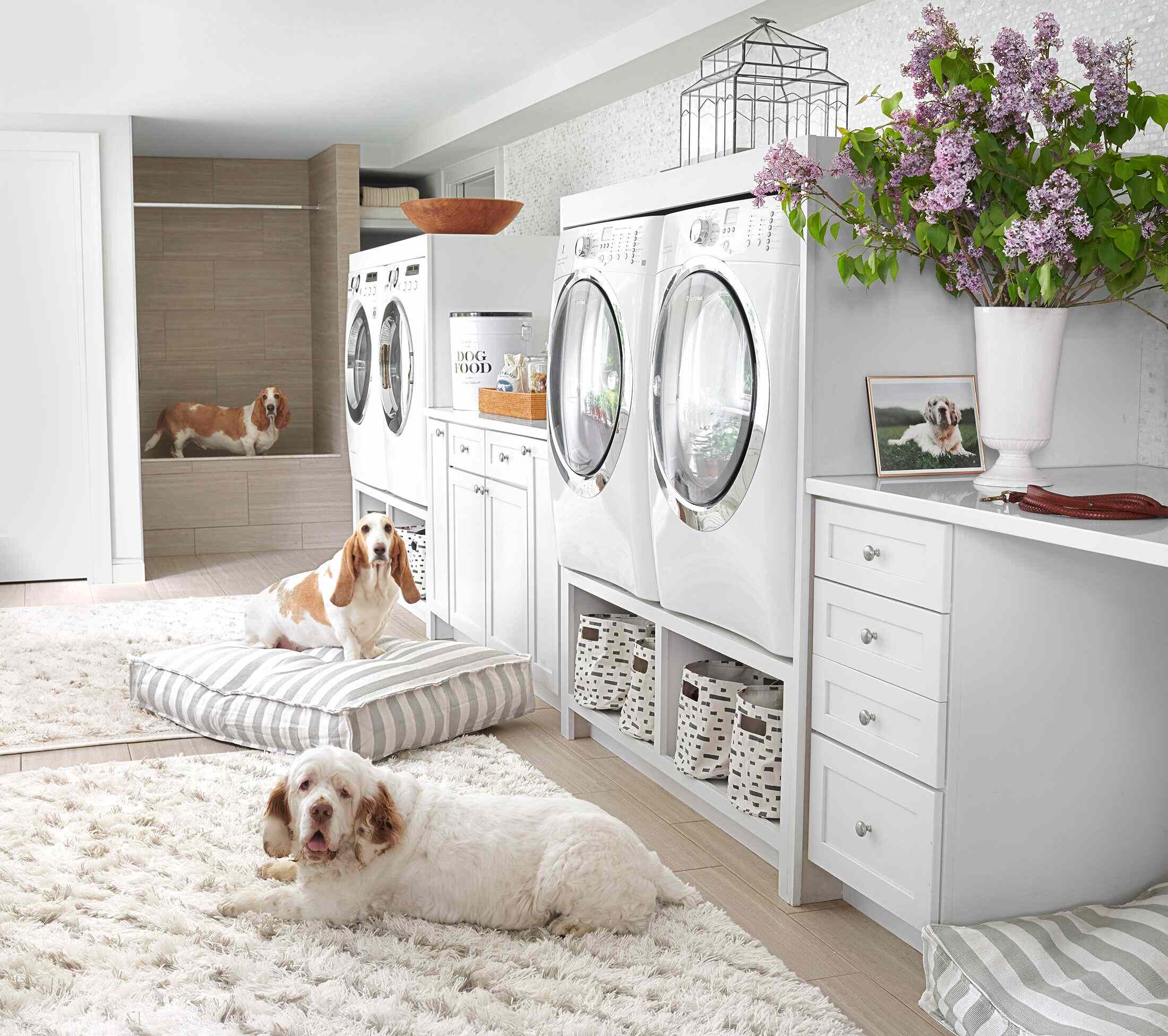
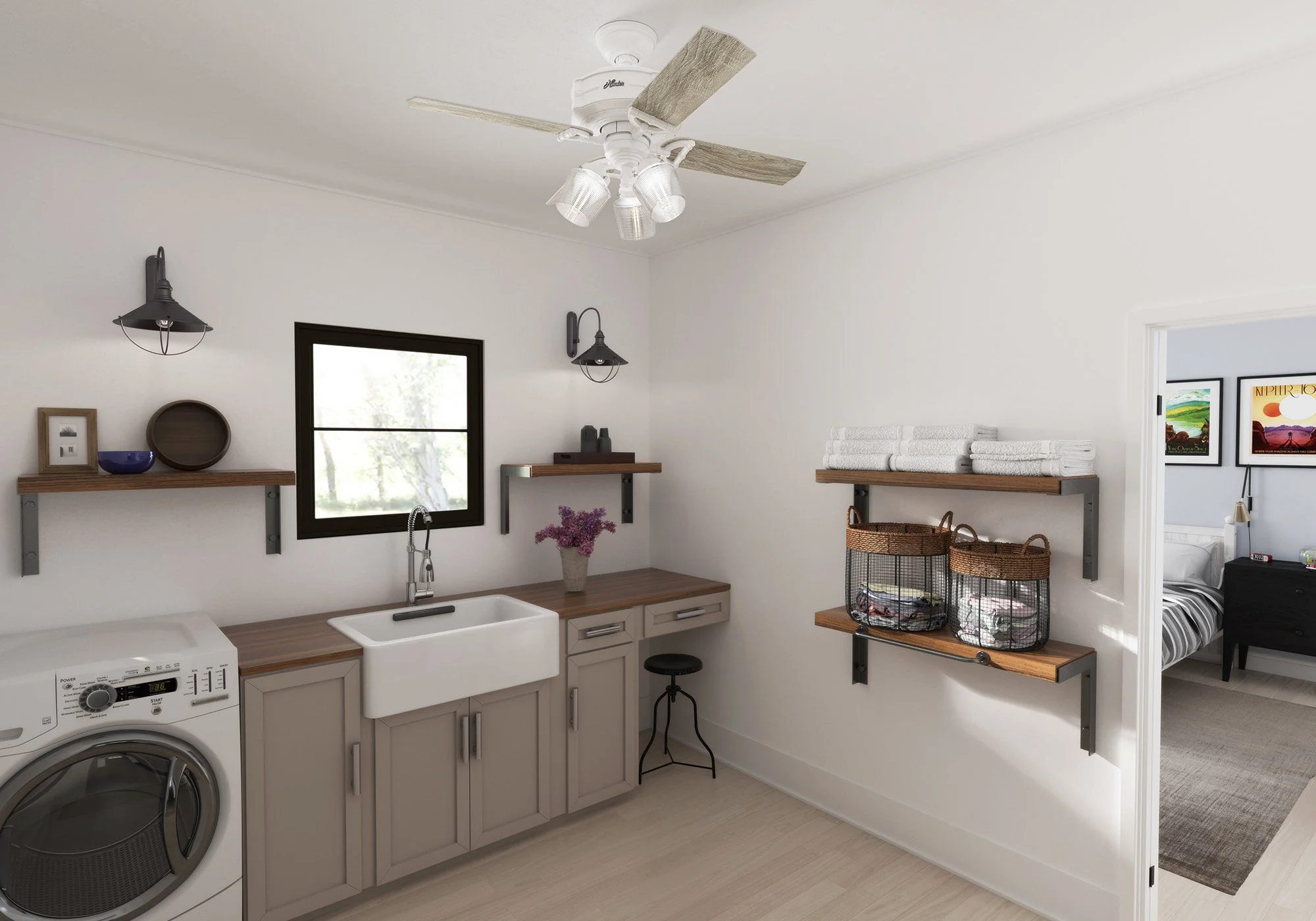
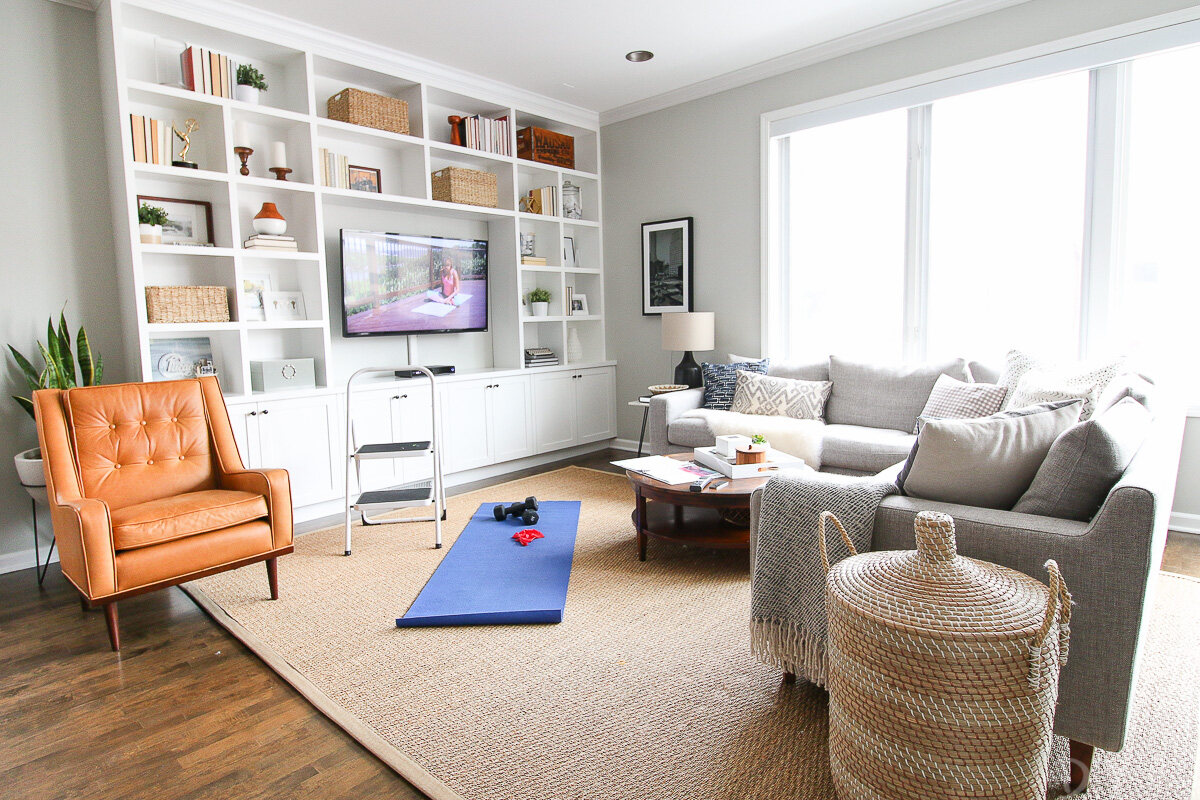
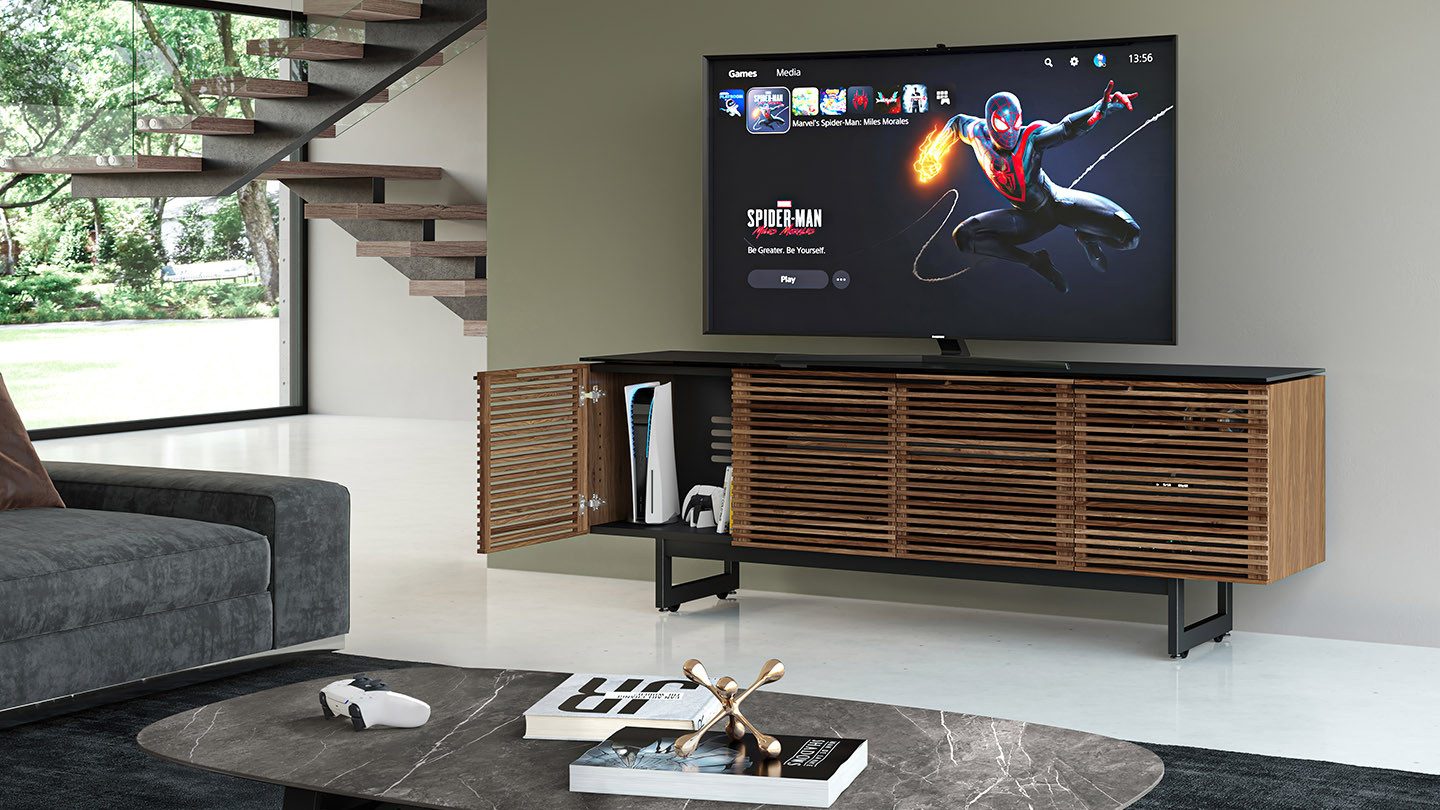

0 thoughts on “How To Hide Furnace In Laundry Room”